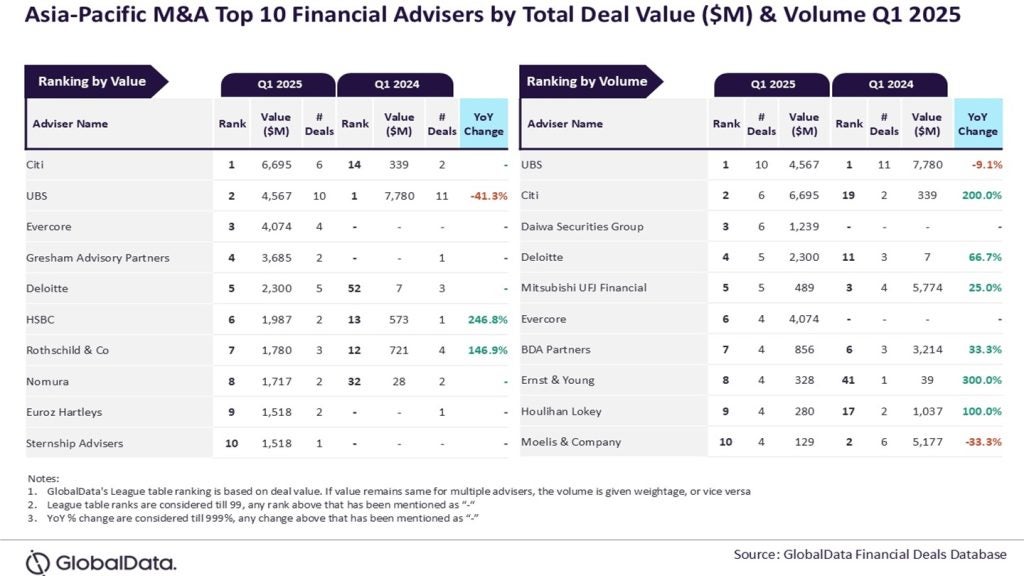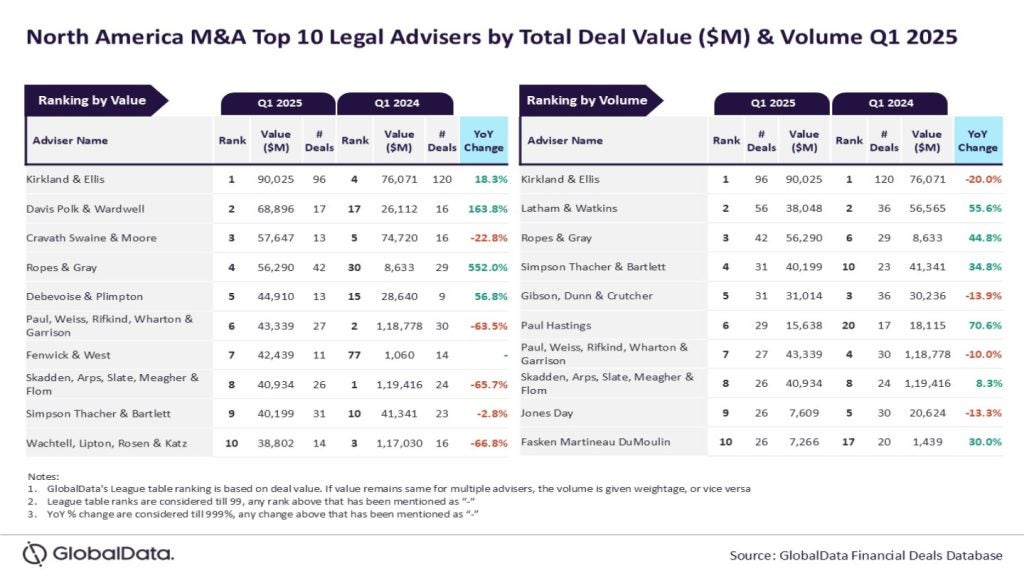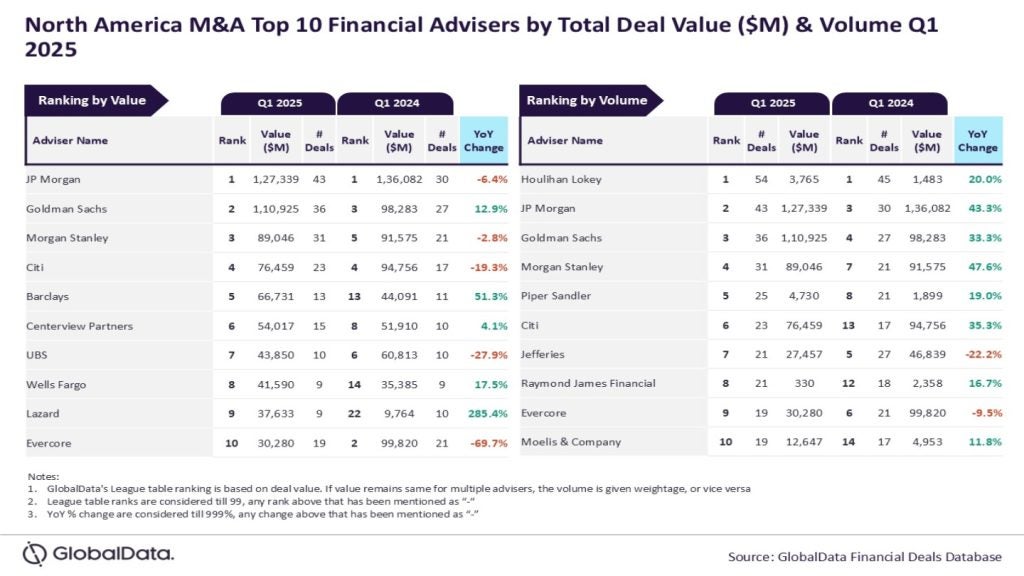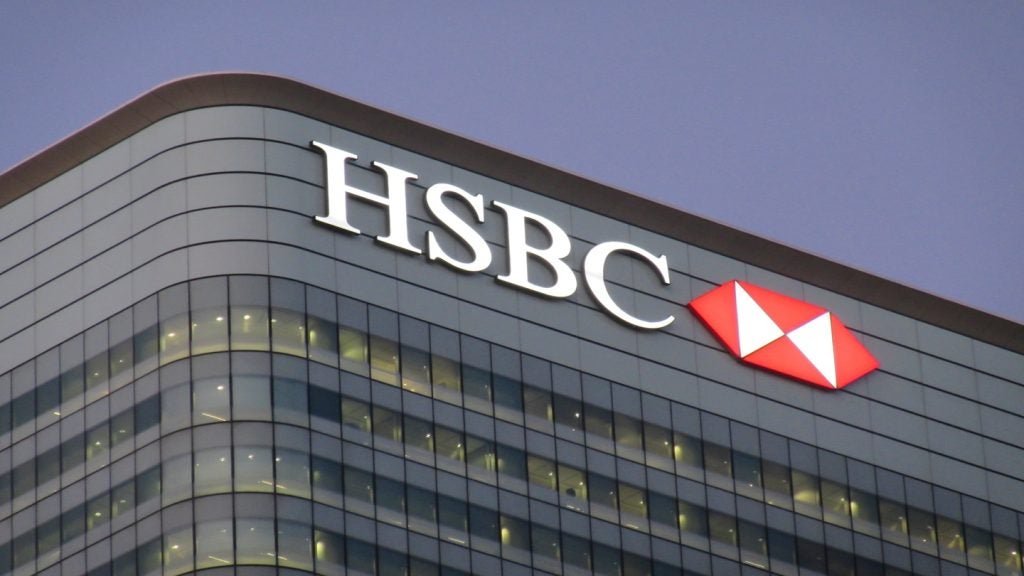The pool of investable assets held by Asian high-net-worth individuals (HNWIs) could reach $14.5 trillion by 2020, or a growth of 160% in the current decade, according to a report published by Swiss banking group Julius Baer.
In its fifth annual Wealth Report: Asia – which monitors the cost of living in luxury and wealth creation in Asia – Julius Baer said that despite its maturing economy China’s HNWI wealth is expected to grow to $8.25 trillion in 2020, trebling the 2010 figure.
The projections of China’s HNWI wealth are based on the assumptions of nominal GDP growth of around 10% between 2017 and 2020, the Swiss private bank said.
The Philippines and India are also ranked in the top three in terms of HNWI wealth creation.
India’s HNWI wealth is forecasted at $1.425 trillion in 2016, is expected to rise to $2.3 trillion by 2020. Its GDP growth is projected to rise only by 3.2% this year due to the depreciation of the local currency versus the USD.
However, India’s HNWI wealth in USD is projected to rise by 94% between 2014 and 2020, versus 74% for China as its economy has now found its footing and is in a period of positive development, the report forecasts.
HNWI wealth is expected to double in the Philippines by 2016 to $121.6bn from around $60bn in 2010. It is expected to further rises to $197bn by 2020.
Hong Kong’s HNWI wealth is expected to rise steadily to $1 trillion by the end of the decade, while HNWI wealth in Taiwan is forecasted to grow at a modest but steady pace from $269bn in 2010 to $533bn in 2020.
According to the report, Singapore’s HNWI wealth will rise to around $603bn in 2020, up from $424bn in 2014, while South Korean HNWI wealth is expected to rise to just over $812bn by 2020 from $540bn in 2014.
Julius Baer region head Asia Pacific Thomas Meier said: "Notwithstanding slowing global conditions, we remain positive on the trajectory of Asian HNWI wealth led by China where we estimate a tripling of HNWI wealth this decade to more than $8 trillion.
"Our forecasts reflect the belief and confidence that China has ample room to ease monetary and fiscal policy to both stabilize and boost the economy. We also see great catch-up potential in India where we expect economic expansion to strengthen from next year. India has the potential to narrow the wealth and economic gap with China over the next decade."







